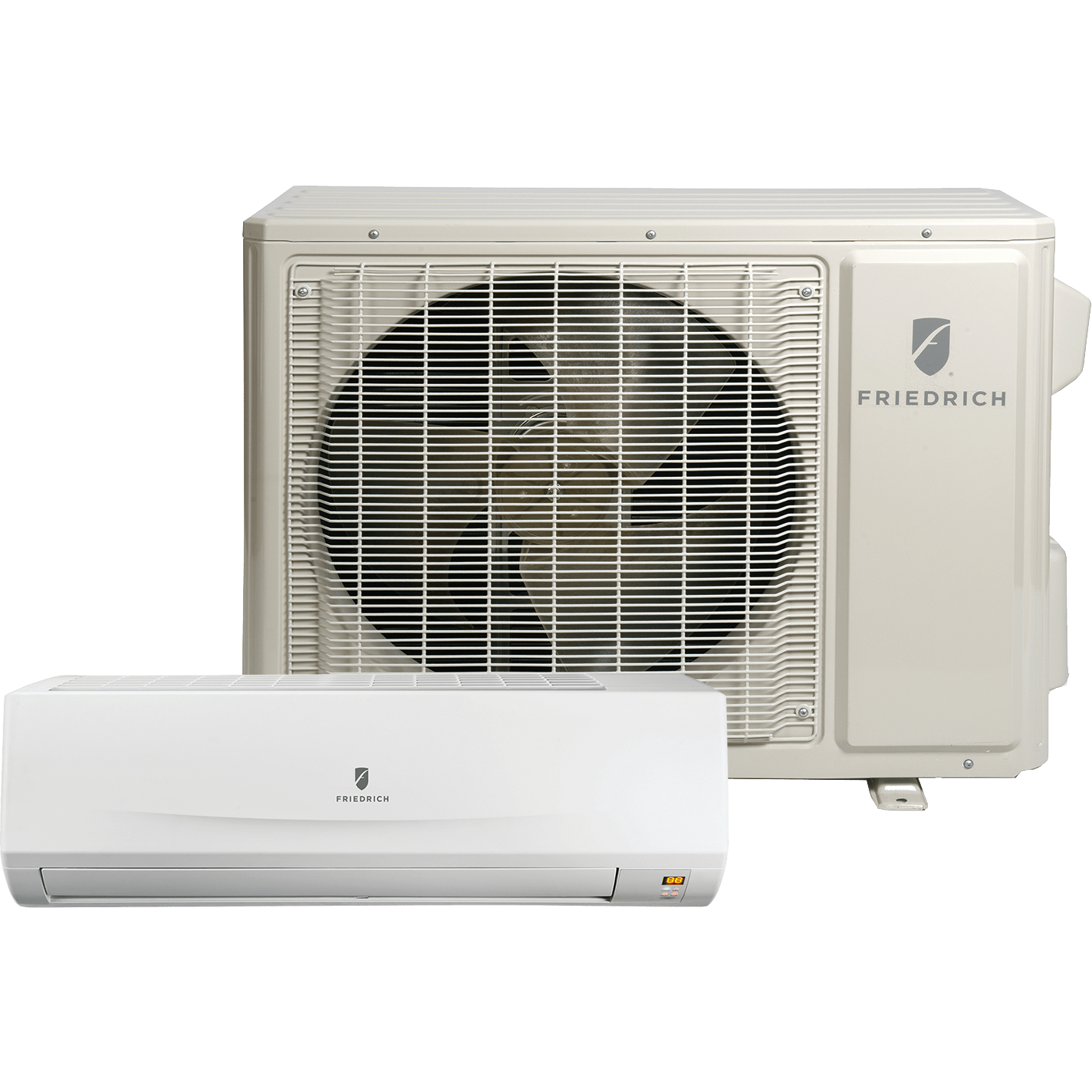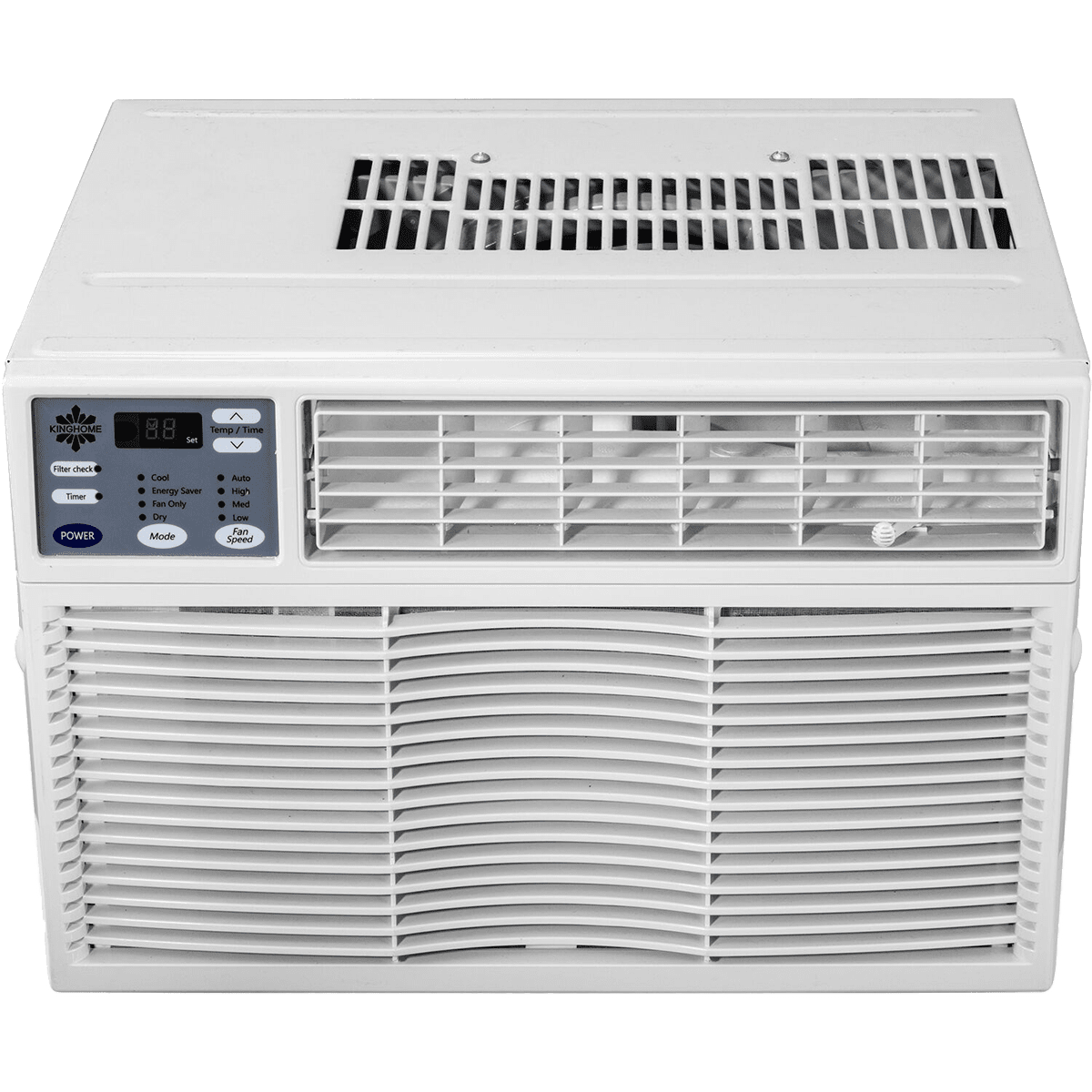A Comprehensive Guide to Ductless Split Air Conditioners
Ductless Split Air Conditioner Buying Guide: What to Know Before You Buy
If you’re looking for a smart, flexible way to cool (and heat) your home, a ductless split air conditioner might be just what you need. These systems have become super popular in recent years, and it’s easy to see why. They’re energy efficient, easy to install, and perfect if you want to control the temperature in individual rooms without touching your whole house system.
Let’s walk through the essentials so you can decide if a ductless split is right for your space.
How It Works
A ductless system is made up of two main parts:
- Indoor unit: sits on your wall and blows air into the room
- Outdoor unit: compresses and releases heat
The two units are connected by a small pipe, so there’s no need for bulky ductwork. That makes installation easier and less invasive than traditional central systems.
Why People Love Them
Here’s why ductless split ACs are such a hit:
- No ducts required – Great for older homes or add-ons
- Cool (or heat) only the rooms you use
- Save money on energy bills
- Super quiet – Ideal for bedrooms or home offices
- Built-in air filters improve indoor air quality
Perfect for anyone who wants personalized comfort in just one part of the home.
Getting the Right Size
Getting the right size unit is crucial. Too small, and it’ll struggle. Too big, and it’ll cycle too quickly and waste energy.
Things to consider:
- Room size and layout
- Insulation levels
- Local climate
If you’re unsure, talk to an HVAC pro—it’s worth it.
Energy Efficiency
Ductless systems are known for their energy-saving capabilities. Look for:
- High SEER ratings (Seasonal Energy Efficiency Ratio)
- ENERGY STAR® certification
The higher the SEER, the more efficient the unit is, which means lower utility bills.
Compressor Types
There are two main compressor types:
- Rotary compressors – Budget-friendly but noisier
- Inverter compressors – Quieter and more energy efficient
Inverter compressors adjust automatically to maintain comfort and save energy.
Smart Features
Modern ductless systems come with features that boost convenience:
- Remote control or app-based control
- Programmable timers and sleep mode
- Wi-Fi connectivity
- Advanced air filtration
These extras make it easy to stay comfortable and breathe cleaner air.
More Than Just Cooling
Many units also offer:
- Heating for winter
- Dehumidifying for sticky summers
- Air purification for allergy-prone households
Pros and Cons
Pros:
- Easy installation
- Energy savings
- Quiet operation
- Personalized temperature control
- Great for homes without ductwork
Cons:
- Higher upfront cost
- Requires professional installation
- May not suit large open-concept spaces
Final Thoughts
If you’re tired of heating or cooling your entire home just to keep one room comfortable, a ductless split air conditioner could be the solution you’ve been looking for. With flexible zoning, energy savings, and improved air quality, it’s a solid investment in comfort.

















